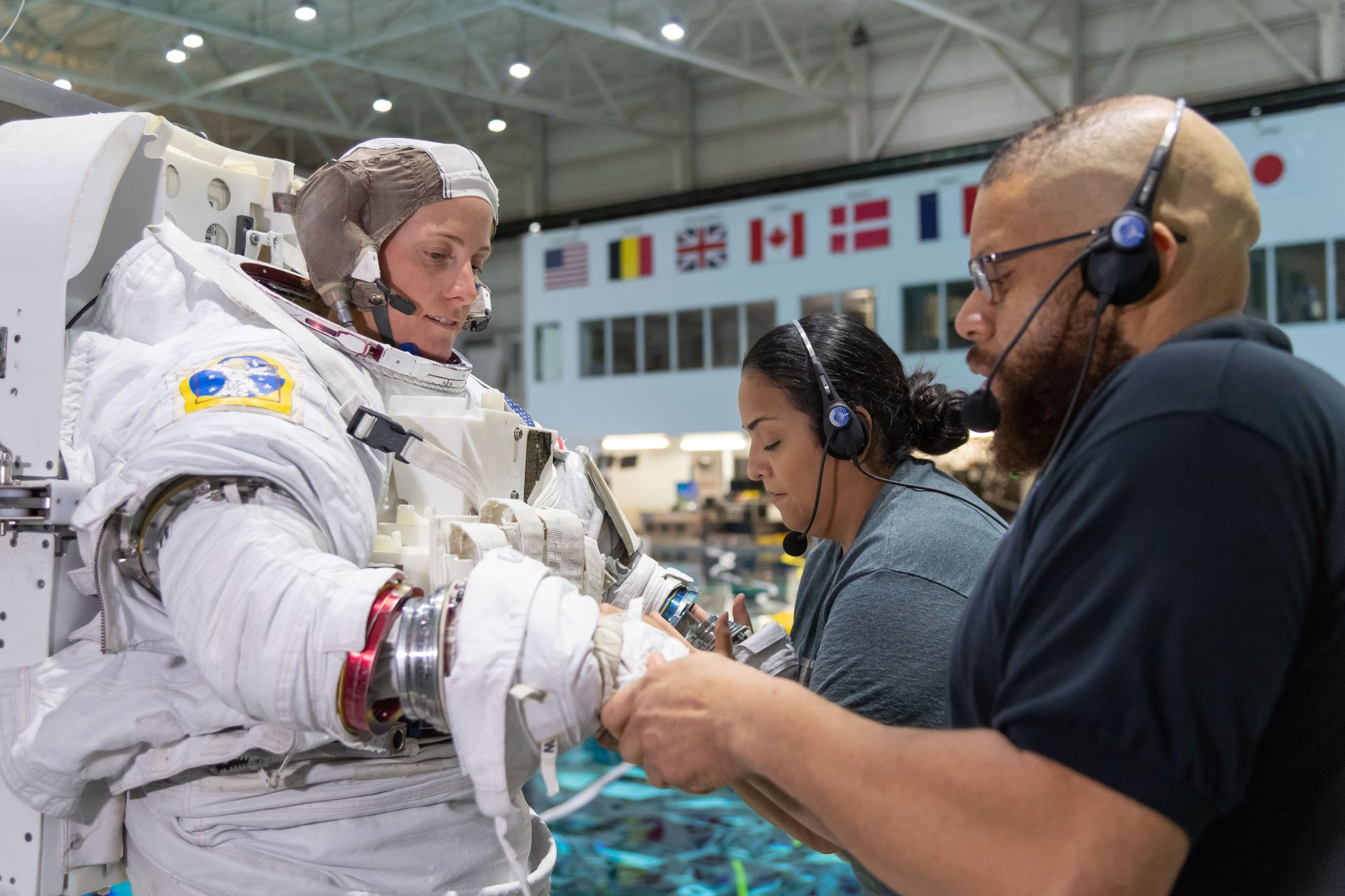
Not long after arriving at Bates to teach biology, Professor April Hill took a map, drew a circle with a 50-mile radius around Lewiston and the college, and gave Gavin Chen ’20, then a junior biology major, directions on how to start looking for sponges within that area. Rivers, lakes, anywhere with moving freshwater.
The evolutionary developmental geneticist was then nearly a decade into a research project with scientists around the world, studying Ephydatia muelleri, a freshwater sponge found throughout the Northern Hemisphere.
The group was working on the first chromosomal-level genome sequencing of the sponge, a goal they reached in July, with Hill serving as one of 17 authors of a paper published in the journal Nature Communications. “It’s a big culminating work for our group,” she said.
What makes this sponge special is its very common nature: It’s pancontinental. “It’s got this commonality to it where people can work on it all around the world,” Hill said. A Swedish E. muelleri is the same as a Chinese E. muelleri or an Androscoggin River E. muelleri. In learning more about this animal’s lineage and sharing that genome, Hill and her colleagues want to elevate it as a model animal for studying adaptations.
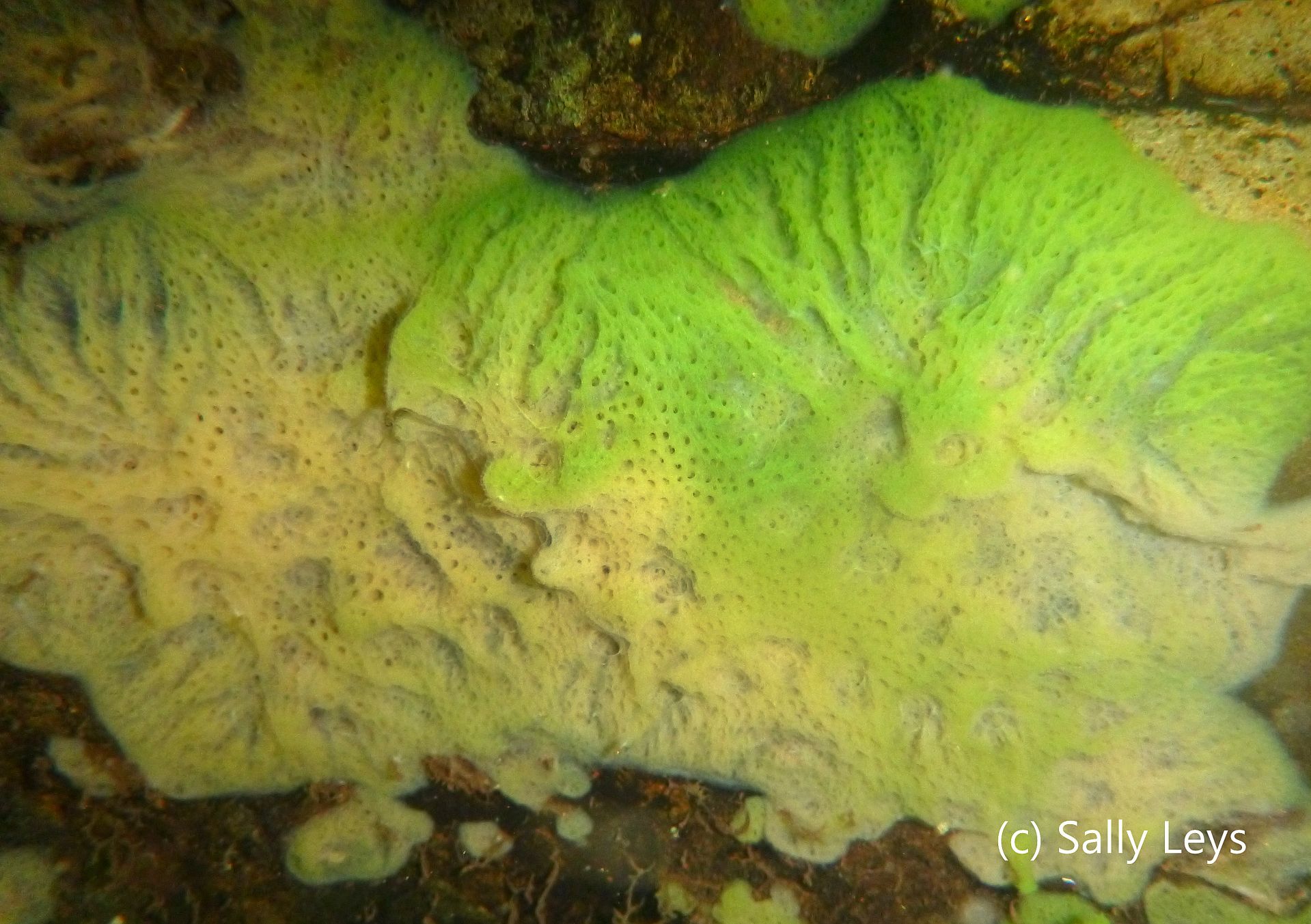
They’ve mapped how the sponge has changed over time to adapt to (and survive) its environment; that model can then be applied to research around human health and maintaining clean freshwater sources. Sponges are by no means exactly like us — for one thing, they often have symbiotic relationships with organisms like green algae, living inside their cells, conducting photosynthesis, and simultaneously feeding sugars to the sponge. But they can be related to us.
“They’re biomedically relevant,” said Hill, the college’s inaugural Wagener Family Professor of Equity and Inclusion in STEM. “And they’re also ecologically important. If you think about the environment or care about climate change, they are important organisms for us to pay attention to.” One of her main inquiries has focused on how genetic pathways are conserved — used and reused by different animals— over the course of evolution.
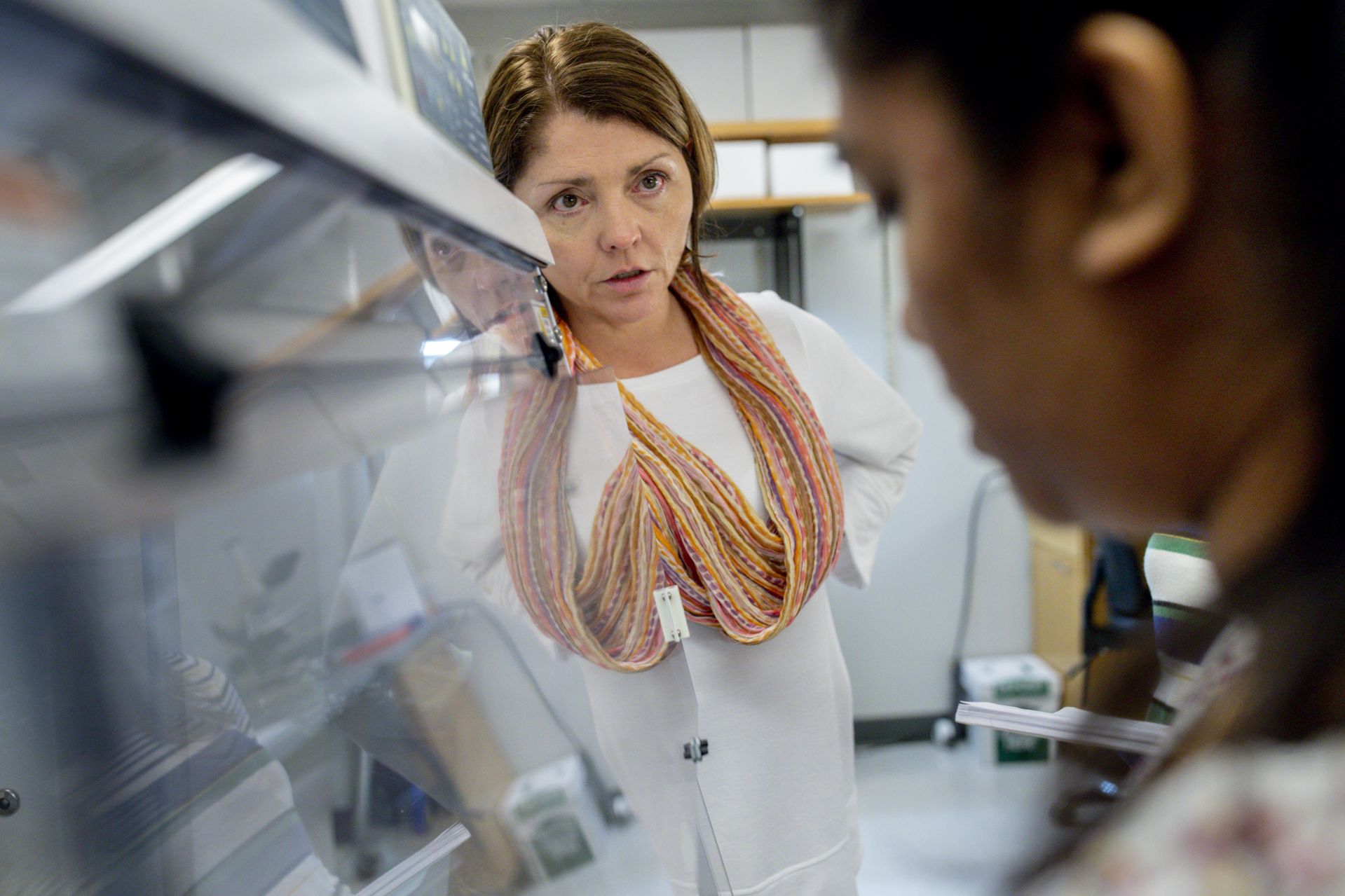
But in those early days at Bates after leaving the University of Richmond, where she had chaired the biology department, Hill needed some fresh samples. She was confident that Chen, who had taken a research position for Short Term, could find them, since they are prevalent worldwide.
But he would have to put on his waders — as a recreational fly fisherman, not a problem — and plunge his hand into Maine’s spring waters to turn over rocks, looking on their bottoms for creatures that have been living, and evolving, on Earth for some 600 to 800 million years.
Her advice to the average sponge hunter? She’d tell them to keep an eye out for the prime consumer and spreader of sponges worldwide, waterfowl. “Go downstream of duck butts,” is the phrase she and her colleagues use.
Which Chen did. “It was difficult at first,” he said. “Freshwater sponges don’t look like a lot in the spring.”
“I made some mistakes along the way,” he said. Like the times he brought back dirt. “I would be like, ‘April, I think this a sponge’ and she would look at it and say, ‘You were close but this is dirt.’”
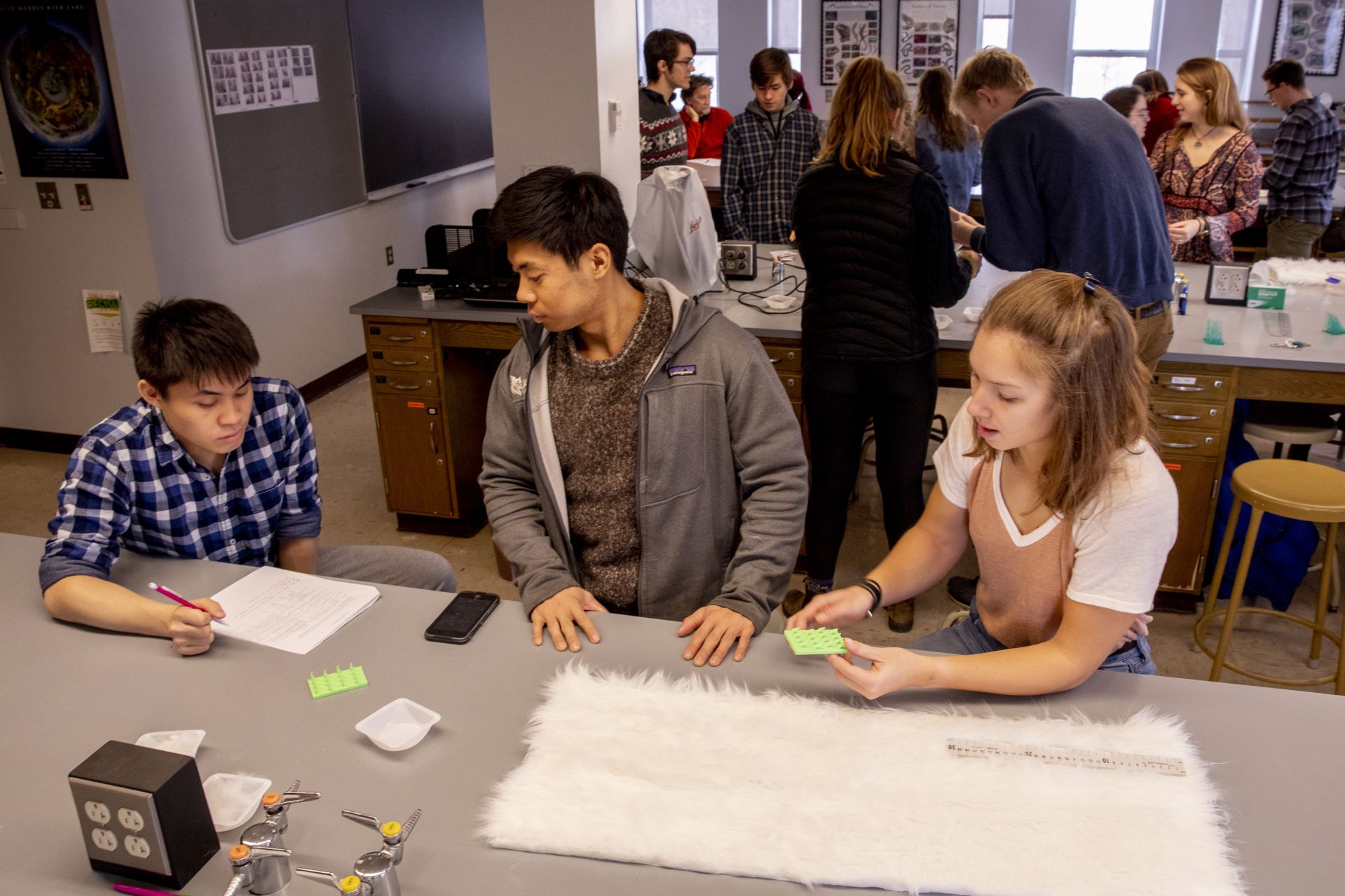
It’s not an unreasonable confusion, dirt and sponges. Over winter, sponges go into a sort of hibernation. They’ll make, Hill said, “a decision and most of their cells will die except their stem cells. They have stem cells just like we have stem cells. And they’ll form these little bitty balls. We call them gemmules and they’ll secrete antifreeze proteins to cover all the stem cells.” Hill has “thousands of gemmules in the refrigerator” (in her lab at Bates). When she wants to work with them, she thaws them out and they’ll grow into a sponge.
“This is what I mean by adaptations,” Hill said. “It’s really cool. Like, if we got really cold, we’re gone, right?” But not the sponge.
She’s also used the sponges in classes, including in the new introductory course, “Lab-Based Biological Inquiry,” that aims to plunge first years and sophomores right into research on various topics. Regardless of the topic, “What we teach students is, How do biologists ask questions? How do they plan experiments?” And then the students put that to practical use.
In her offering of the course last year, looking at symbiotic microalgae, “the students actually worked with both the sponges and the algae.” They cultured the algae to see if any of them made antibiotic compounds. They also did a simulated climate change experiment. (One of the features of freshwater sponges is that they have survived extreme conditions over time, Hill said.)
There’s a lot more potential research in that area, she said. While ocean organisms and their susceptibility to death and degradation due to climate change have been studied extensively, not much is known about freshwater ecosystems. “No one has really asked that question yet,” Hill said. “Like what happens if our fresh waters are polluted or heating up because of climate change?” It’s not just about the impact on how clean the water would be, but also on the fish life within.
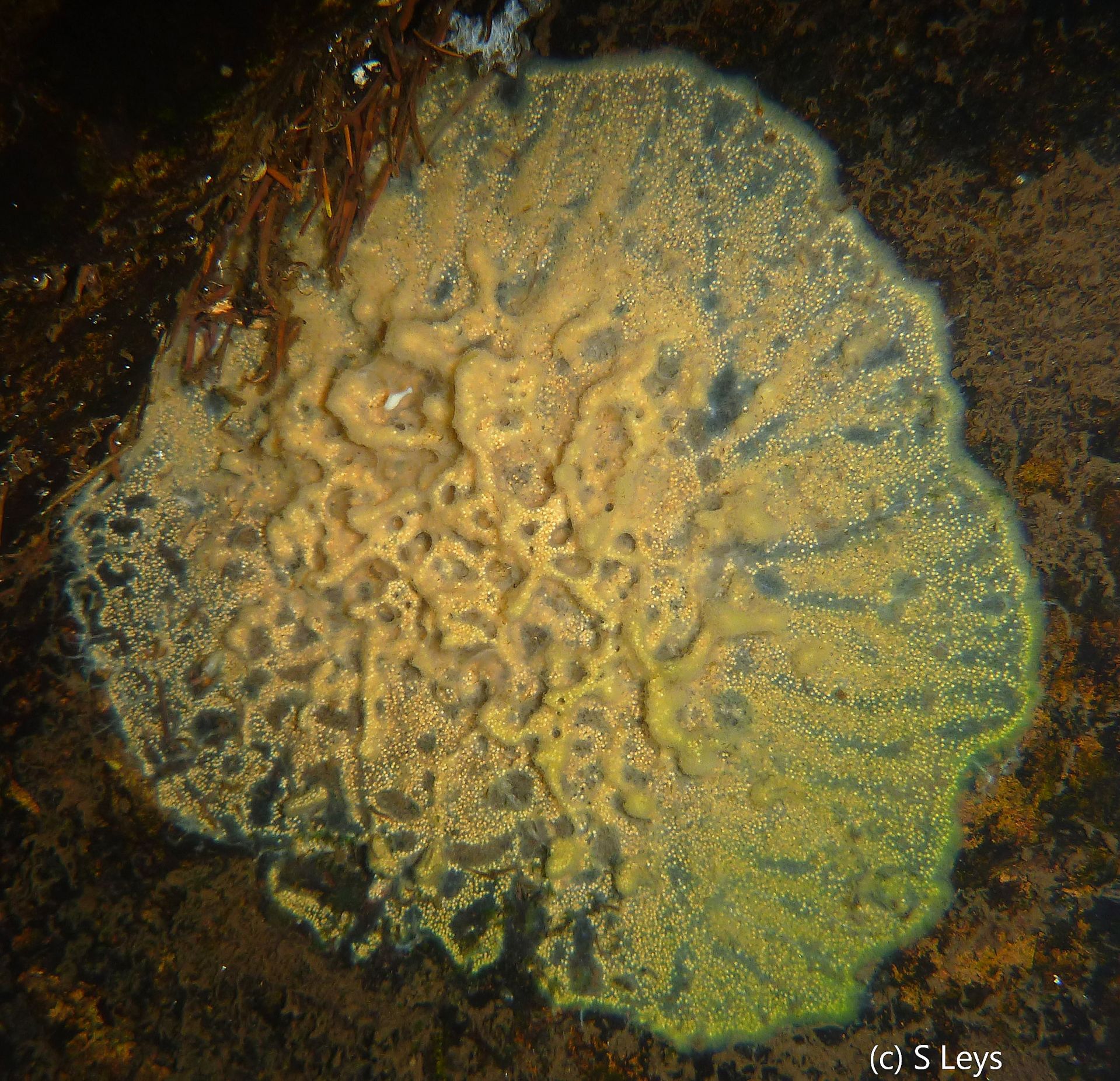
That sponges even live in freshwater surprises many. “Most people think of sponges in the ocean,” Hill said. (She works on those too.) But what may seem obscure to some has proved good research material for Bates students. “It is definitely something that students have enjoyed working on,” Hill said.
Like Chen, who has fond memories of that Short Term he spent hunting sponges in Maine waterways and plugging what he’d find there into an Excel spreadsheet. (Lake Andrews? Not spongeworthy.)
Sometimes he encountered people who wanted to know what he was up to. “They would look at me a little funny,” he said. He discovered that water flow made a big difference in what he’d find. Too fast? Nothing. Ditto for too slow. He found a treasure trove of sponges near Sabattus. “When I started flipping over rocks, there were just sponges everywhere,” he said.
Back at the lab with Hill, he learned to isolate the DNA of the sponge and do species identification. Chen, who is working as a dental assistant while he waits to hear back from dental schools, said the project gave him new perspective. “It has changed my view,” he said. “I look at a river and think, there could be something in there.”




